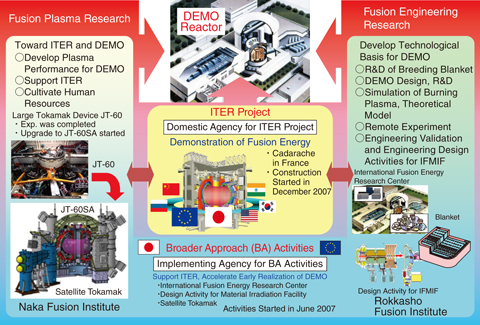
Fig.9-1 Steps involved in the development of the fusion DEMO reactor
Crucial research and development (R&D) on fusion plasma and fusion engineering is being pursued through intensive international cooperation toward the practical use of fusion energy. For example, the International Thermonuclear Experimental Reactor (ITER) project, Broader Approach (BA) activities, and other collaborations (Fig.9-1), aiming for the early realization of a fusion DEMO reactor, are underway. Fusion plasma research is mainly being advanced at the Naka Fusion Institute, whereas fusion engineering research is mainly being advanced at the Rokkasho Fusion Institute.
ITER Project
The ITER project is an international cooperative project aimed at demonstrating the scientific and technological feasibility of fusion energy through the construction and operation of an experimental reactor. The ITER agreement came into force in October 2007, and the Japan Atomic Energy Agency (JAEA) was designated as the domestic agency for the implementation of the ITER project in Japan. JAEA proceeded with preparing the equipment that Japan agreed to provide and achieved various results in terms of technological development (Topic 9-1). In particular, JAEA completed development of 1MV HV power supply components for plasma heating in December 2015.
BA Activities
The BA activities are joint projects between Japan and the European Union to conduct supporting research for ITER and R&D for a DEMO reactor (which is the next step of ITER), aiming for early realization of fusion energy. The BA agreement came into force in June 2007, and JAEA was designated as the implementing agency of the BA activities in Japan.
These activities can be grouped into three categories: projects at the International Fusion Energy Research Center (IFERC), those related to the International Fusion Materials Irradiation Facility/Engineering Validation and Engineering Design Activities (IFMIF/EVEDA), and the Satellite Tokamak Program (STP).
Fusion Plasma Research
As part of the STP, the construction activities on JT-60SA have progressed well. Topics 9-2, 9-3, and 9-4 are results contributing to JT-60SA. The analysis of JT-60 experimental data was promoted, and inter-machine experiments were conducted to achieve high economic efficiency for the fusion reactor by attaining a high plasma pressure.
Fusion Engineering Research
Various R&D activities are being executed by the Rokkasho Fusion Institute, aiming at the construction of a technological basis for the DEMO reactor. Topics 9-5 and 9-6 are results that will assist in securing the safety of the fusion reactor. Topic 9-7 is a result that enables examination of fusion materials. Topic 9-8 is a result contributing to the decrease of radioactive waste, aiming at improving the social acceptability of the fusion reactor. Topic 9-9 is a result that is indispensable for the breeding blanket to function.
Nuclear fusion research development was taken over to the National Institutes for Quantum and Radiological Science and Technology (QST) established in April 2016.